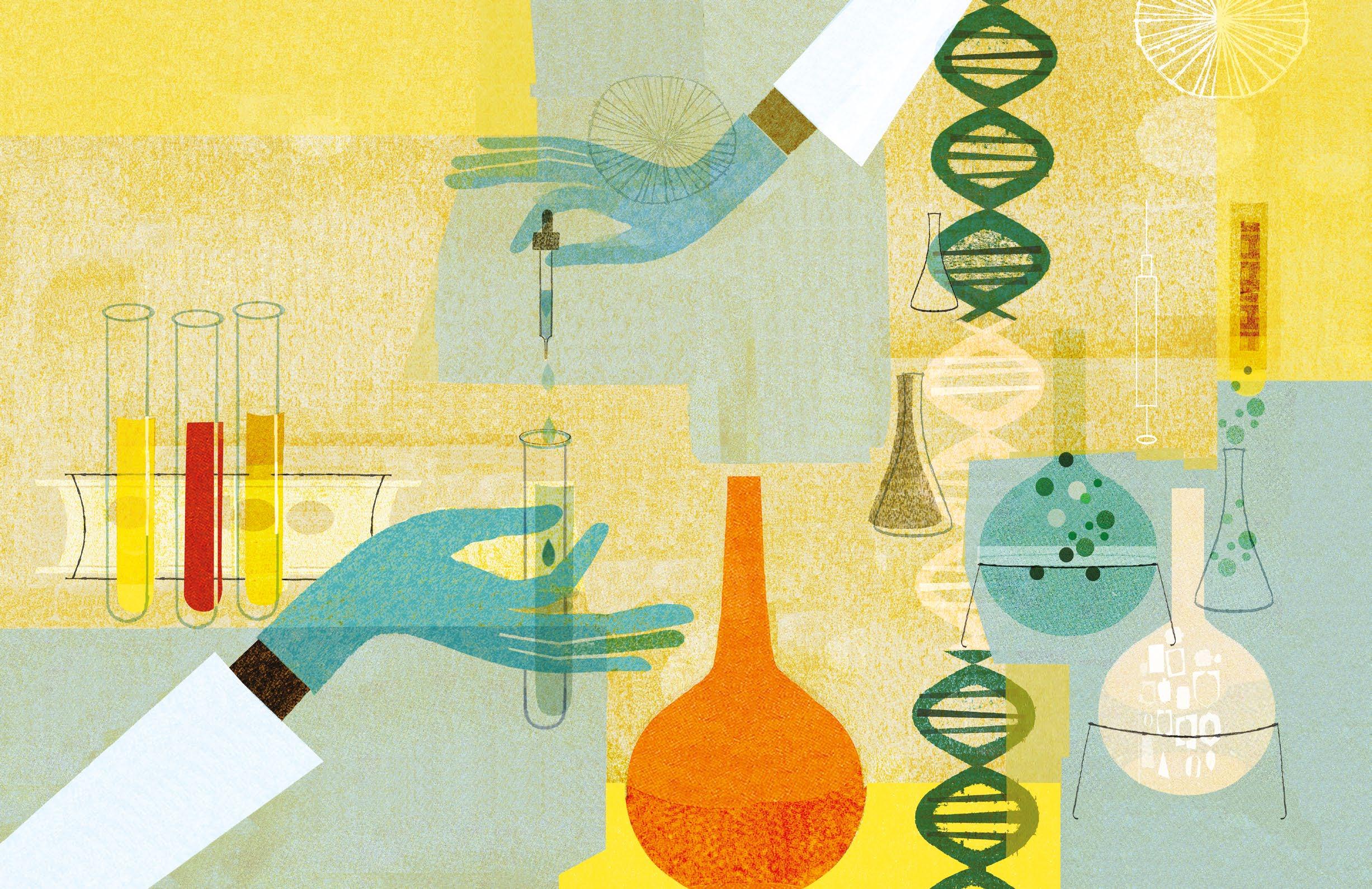
2 minute read
Every scientific breakthrough is unimaginable. Until it isn’t.
from 2022 Impact Report
by velir
Pathways To Possible
Dr. Mike McCune in Search of a Cure
There are people who think big, and then there is Dr. Mike McCune, Head of the Bill & Melinda Gates Foundation’s Frontiers program. Today, Mike is one of the leading immunologists in the country, but his story begins during his medical residency at the University of California, San Francisco—in 1982. In his first year as a resident, Mike cared for a steady stream of patients with an illness that did not yet have a name and for whom the lifesaving drug AZT would not be available for another five years.
It was then, in the epicenter of the AIDS pandemic, that his life’s work began to take shape. The first four years of Mike’s career saw the establishment of the national AIDS hotline, the discovery of HIV, Ryan White’s evolution from one of the first individuals to contract AIDS from a blood treatment to an AIDS activist, the first clinical trials for AZT, and accelerating funding for research and development for a treatment and cure.
In Mike’s words: “I was there at the start of the AIDS crisis and have been taking care of people living with HIV and doing research on the virus ever since. I’ll be thrilled when we can say that all who have it can be provided the long, healthy lives they deserve—and the pandemic is over.”
Mike’s search for a cure has taken him to the furthest edges of discovery. Working with scientists around the world, his research team is exploring new technologies to alter the very genetic information that directs our cells. Their goal? To turn our immune system into a super engine to fight HIV and also to uncover new ways to fight sickle cell disease.
The freshly minted science on mRNA vaccines— and how it might be applied to reverse HIV—is also on Mike’s radar.

People like Mike are the risk-takers on the forefront of a healthier tomorrow. He sees a day when people who are infected with HIV can be healthy after a single injection of a new vaccine. A world where children born with sickle cell disease in an impoverished country do something truly unusual: they live.
Like the name of his program, Mike works at the frontiers of science. Each day, he faces the impossible, looking for the pathways to possible.
What does sickle cell disease have to do with HIV?
HIV and sickle cell disease affect millions of people. Because of their biological similarities, the key to curing both diseases may lie along the same path. In this case, that path involves a specific type of blood cell in the body. A cure for sickle cell disease would be a win in itself, as well as proof that a cure for HIV is possible.
Breakthroughs happen when we persist. When we take calculated risks.

When we build upon previous successes.
When we believe that the impossible is absolutely possible.


